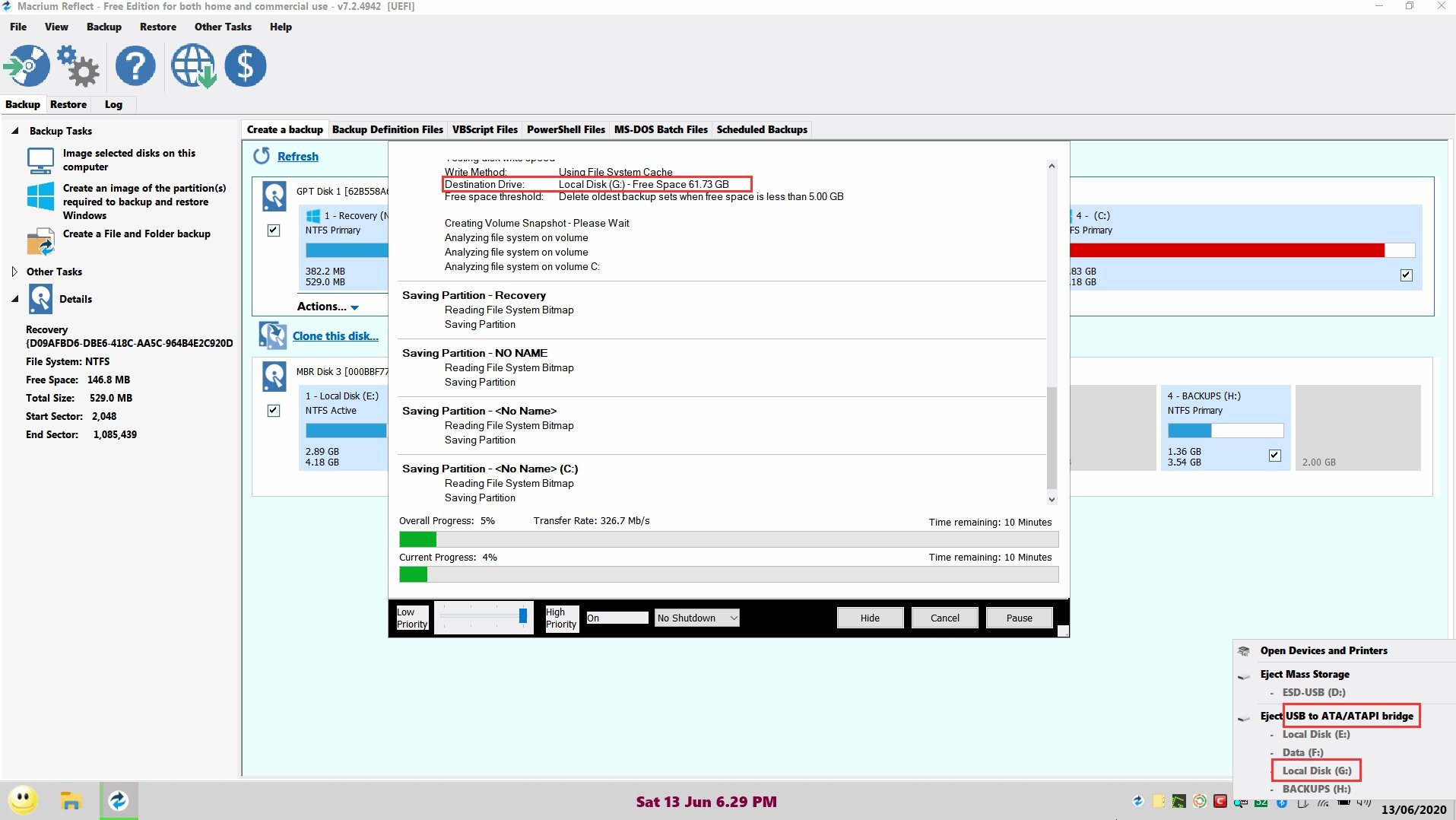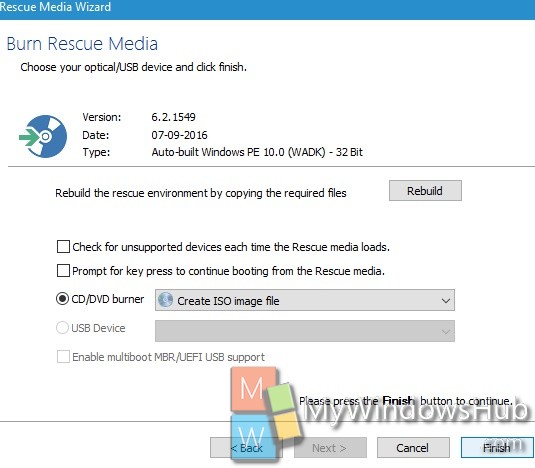


Online research SEEMED to indicate that the file system was determined by the hardware, but I was unable to confirm that. It turns out to see ALL of the computer's volumes, even the ones that AREN'T disks (such as a flash drive), you actually have to enter "list volumes".Īnyway, after creating a primary partition on the flash drive and making it active, you're supposed to format the newly created partition for the computer's file system, either NTFS (under which booting is done from a Master Boot Record), or the newer UEFI (under which the boot files must reside on a FAT32 partition). There, it said to enter "list disks" when running diskpart. I'll try both versions.Above, Earthling had provided a link to Preparing a USB stick for Windows PE (written by someone at Macrium). But if you need or want to use GPT, then you can still use that stick for Rescue Media with a small additional bit of work. That said, with USB sticks, there is not much benefit to using GPT since you are unlikely to need more than four partitions or have a device with more than 2 TB of capacity when using a USB stick, so in most cases, using MBR on USB sticks is fine. The resulting Rescue Media will work (again, only in UEFI mode). However, if you want to use a GPT device, you can use Rescue Media Builder to create an ISO file, then mount the ISO file and copy the files inside the ISO onto a FAT32 partition located on your GPT device.

MBR devices can be used for both BIOS and UEFI booting, but GPT devices only work for UEFI booting. The Rescue Media Builder application currently only allows using MBR storage devices for Rescue Media in order to maintain support for Legacy BIOS booting. I found this forum thread that may provide some insight: Does this mean, that Rerscue Media only accepts sticks in MBR format and I have to reformat them all? Rescue Media rejects these sticks on the grounds that "GPT Format not supported". I have a lot of USB-Sticks, all in GPT format.


 0 kommentar(er)
0 kommentar(er)
